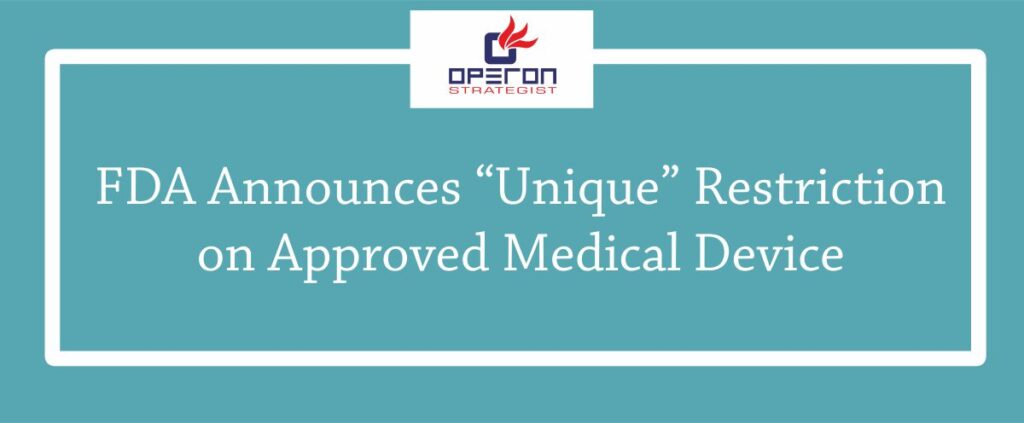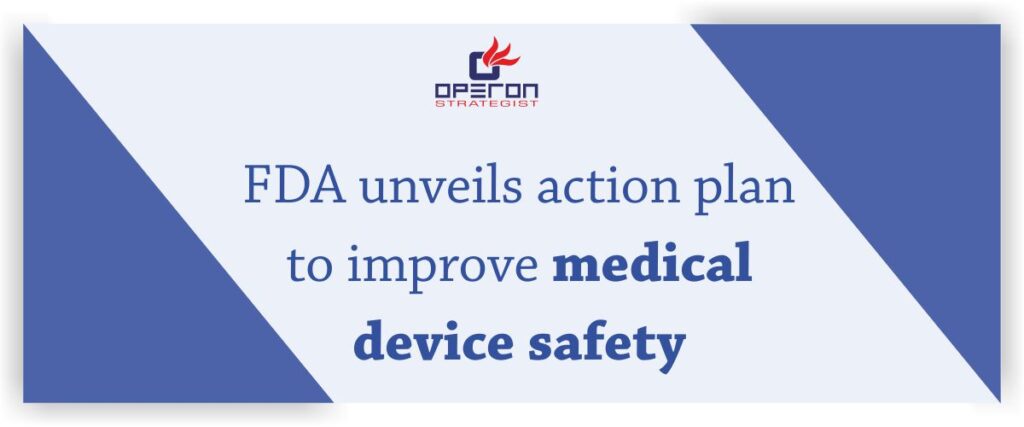The Food and Drug Administration announced an additional “unique type of restriction” on the sale and distribution of an approved medical device. FDA issued an order requiring healthcare providers and facilities that offer the Essure permanent contraception device to provide specific information to patients about the risks and benefits of the device. This was not the first step that FDA risk information has taken to bolster the presentation of about this device, but the action signifies FDA’s willingness to utilize new methods to oversee how regulated entities promote and distribute medical products.
FDA is now requiring a new facet of physician and patient engagement with the product’s risk information. Patients must be given an opportunity to sign certain portions of an approved “Patient Decision Checklist,” and the implanting physician must sign the same brochure to document that he or she has discussed the benefits and risks of the product, and the benefits and risks of available alternatives, and has addressed all questions from the patient. Additionally, all labelling and advertising for the device must provide notice that sale and distribution are restricted to “users and/or user facilities that provide information to patients about the risks and benefits of this device in the form and manner specified in the approved labelling.”
FDA 510 k Clearance & Premarket Approval for Medical Device
Operon Strategist is FDA 510 k process consultant helps the clients to register SBU (Small Business Unit), if applicable. Take out the testing requirement of the product, creation of the dossier, resolving the queries and after completion of all the activities.
This latest requirement follows a November 2016 labelling update for the product. The labelling was revised to include a boxed warning, along with the Patient Checklist intended to supplement patient counselling. In announcing the approval of these changes in 2016, FDA specifically referenced allegations in a trade complaint (which was originally submitted as a Citizen Petition). To further evaluate the device’s safety profile, FDA had also ordered the manufacturer to complete a post-marketing surveillance study in February 2016.
This action shows FDA’s willingness to work with companies when a medical product presents potential patient risks. In a March 2018 statement, FDA Commissioner Scott Gottlieb pointed out that “FDA continues to believe that [the product] may be appropriate for some women based on our current information.” The agency is not removing the product from the market. However, this action also indicates that FDA may continue to take more aggressive steps, beyond requiring safety updates to labelling, when the agency does not believe that important risk information is reaching the end user.
FDA stated that the agency will review and monitor the manufacturer’s plan to ensure that the company complies with this restriction, and “FDA plans to enforce these requirements and will take appropriate action for a failure to comply, including applicable criminal and civil penalties.” While the full details of the company’s plan are not publicly available, we note that FDA’s approach here is similar to the Risk Evaluation and Mitigation Strategies (REMS) requirement in the drug context. We will continue to monitor any additional FDA guidance or updates from FDA on how the manufacturer must comply with this new mandate.
- adminhttps://operonstrategist.com/author/admin-2/
- adminhttps://operonstrategist.com/author/admin-2/
- adminhttps://operonstrategist.com/author/admin-2/
- adminhttps://operonstrategist.com/author/admin-2/




